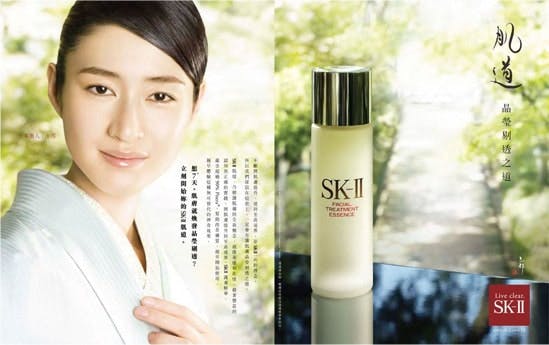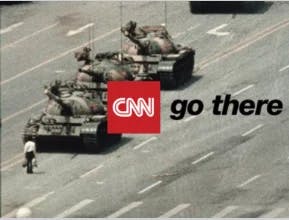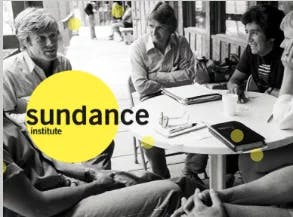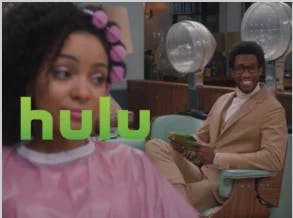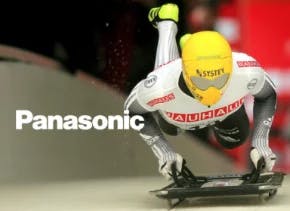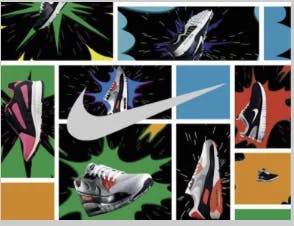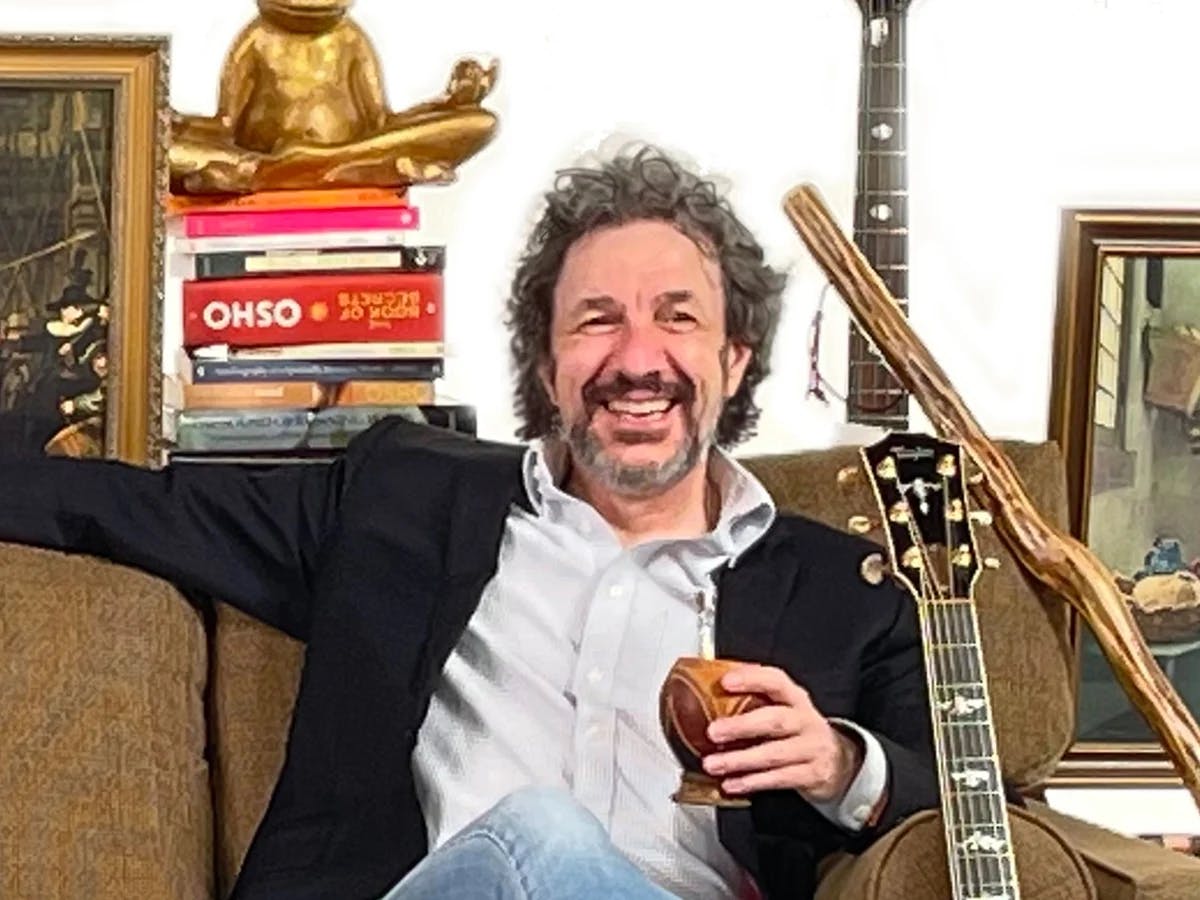
the paul macfarlane
Creative Director
Strategist
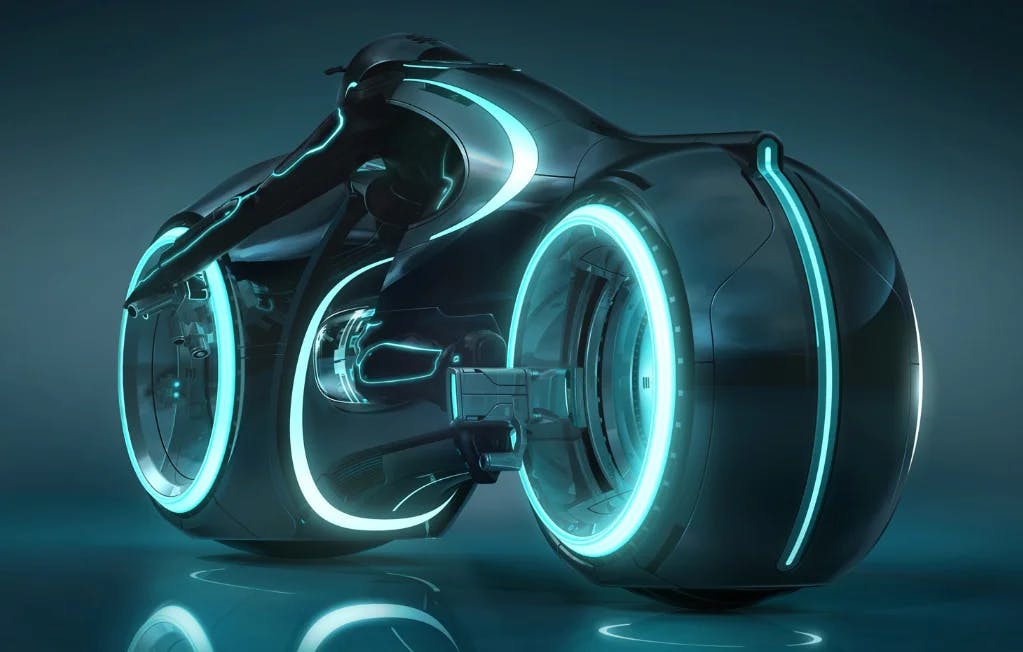
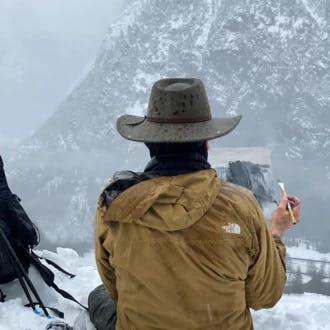
A Journey of Creativity, Diversity, and Purpose

It was an unbridled era of quickly expanding global creative marketing and consumerism. There was an intellectual craft of writing and highly visually articulate storytellers where it wasn’t about exploitive soundbites driven by algorithms. But rather thoughtful stories and experiences that moved people both creators and global audiences alike. There is still a place for moving stories but it is challenging to push beyond algorithm and influencer-driven media. Much like water flowing through a stream, stories will find a path around the stones and debris.
As a young Mexican American working in advertising in the 1990s, I received national accolades early in my career. Unfortunately, it was met with comments like, “It’s a mistake, ignore it, he’s very talented but too bad he’s not white.” This was a time before we ever spoke of diversity and inclusion, so being the only person of Mexican origin at the office, I attempted to whitewash my identity from “Alejandro" to “Alex.” Yet, given the fact that my last name is Lopez, my attempt had little effect.
So I searched for a more level playing field and found it outside the U.S., where I managed to build a successful career in Asia, Latin America, and Europe.
Upon returning to America, I proudly used my given name and became determined to create subtle yet powerful multicultural stories to make a difference and effect change for all voices.
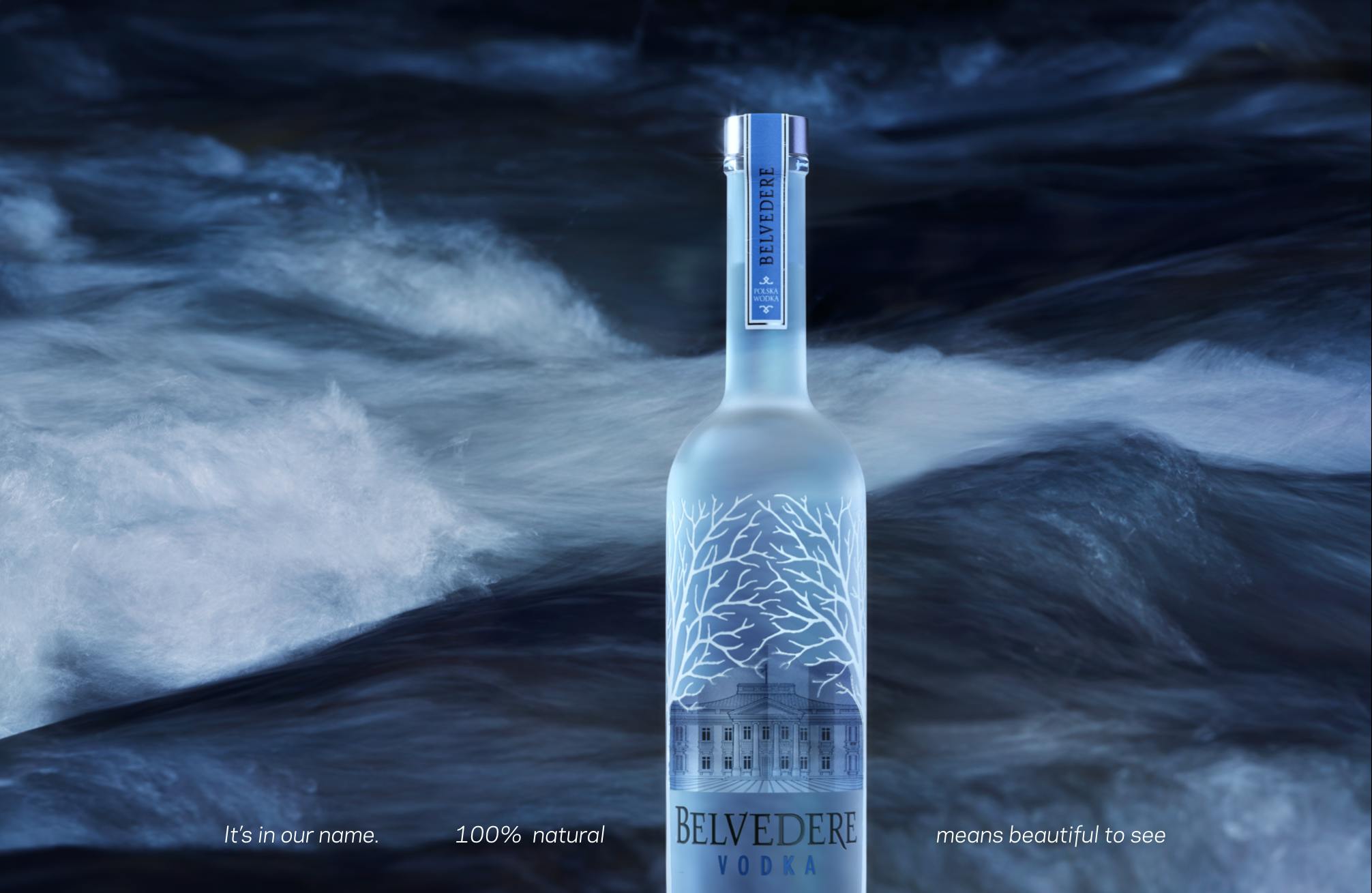
The common practice starts with research, insights, and understanding of the need and desires of audiences that lead to the crafting of a moving story. Each campaign is also different due to the dynamics of the brand, product, client, media, cultural, and geographical climate.
The really great campaigns find a moving human-based insight that is culturally grounded to draw from, if it's really founded on a simple truth it builds quickly and aligns with stakeholders in emotional ways. When people are moved by the premise and the craft of the campaign they fight to push it through a maze of approvals and budget allocations. Once “sold” the work needs to be produced, so a partnership is needed with other creatives, directors, animators, photographers, musicians, editors, etc. From here, it's a balancing act to deliver what was sold but to also make it better with all the additional hands working on it. Media is also an important component in terms of how audiences will see and experience the work so a tight working partnership with the media planners is also key to a campaign's success. From there it goes out to the world, hopefully not too changed or altered through pre-on air testing and focus groups.
I will not name the brand or product suffice to say it was an extremely large global company operating in Latin America. While they had a robust international portfolio of products they also had a standout local brand beloved by the nation's blue-collar laborers. In doing firsthand research by meeting with people across the country to hear their stories I became moved by the dignity, grace, and craftsmanship of those that I met. The idea was to create an anthem campaign that honored them in a respectful non exploitative manner. We spent months crisscrossing the country with a mixed team of filmmakers and photographers both domestic and international.
It was as if NatGeo did a piece on the backbone of this country. The result was exquisite; the music, the edit, and all the images were truly beautiful and I believe captured the soul of the nation. All the brand managers and executives loved it, they actually cried with pride when they saw it. Right before it was slated to go on air in both cinema and tv the CEO reviewed it, I was there. He killed it on the spot asking how we could show people of colour and “poor” workers. He went on to explain that what people aspired to were white bikini-clad young women partying on the beach from a giant yacht and that’s what we needed to do. I will never forget that meeting and the bitter lesson in classism where some executives can be so disconnected from culture and people and use marketing to entertain their own whims. I vowed to fight this extreme ignorance whenever I encounter it.
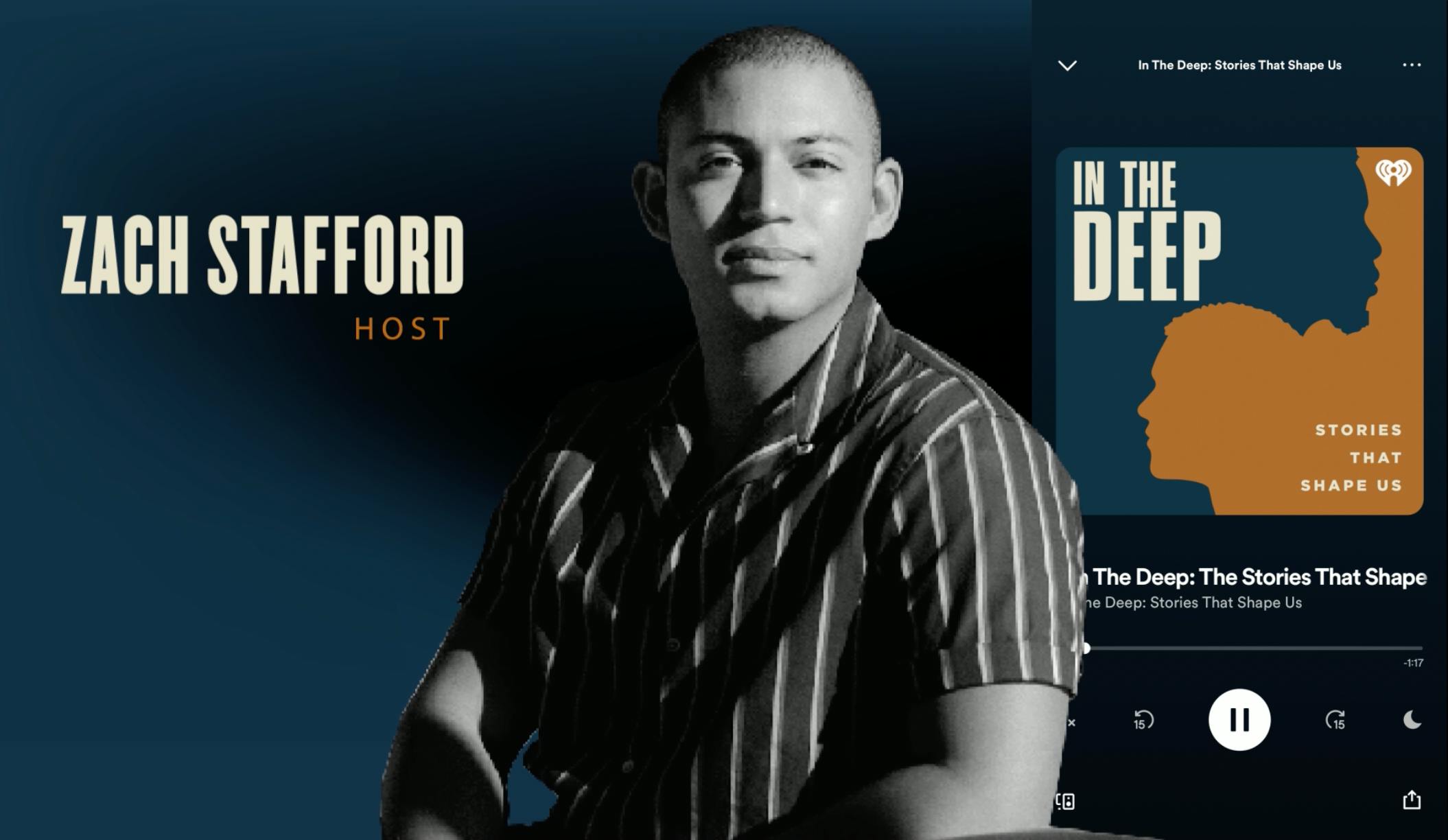
My goal is to be a change agent in the greatest existentialist battle we face, climate change. I have developed and honed my strategic, marketing, communications, and content creation skills over the last 25+ years by increasing the value of Fortune 500 companies around the world. Now is my time to take all of that experience and skills and use them to make a difference in our fight to save the planet. Additionally, I aim to re-imagine people's connections with nature and the meaningful environmental initiatives that will alter our current trajectory. In doing this I believe we can accelerate the current momentum, grow public awareness and action, reimagine what growth and profit look like for companies, and ignite visionary government legislation globally.
I am working on two fronts, through fine-art practice, AML-ART.COM, where the purpose of my work is to connect, to ground myself, as well as those who view my paintings, with the healing power of nature. Each piece reflects my direct experience of feeling the vibrational energy and magnitude of the natural world. This is what I attempt to capture in my art, and it is what I hope to inspire my viewers to do as well—to venture out into nature and feel nature's power and presence. I will be having three exhibitions in Japan this year, planning France next year and the US the year after that.
In the commercial space, I am focusing on providing my communication and storytelling expertise towards the acceleration and launch of meaningful technology and practices that are pivotal to us creating a sustainable future. This will be the greatest acceleration of investment, since the industrial age, into newly imagined technologies as well as reviving first nation stewardship practices. Without successfully moving investors toward funding, markets to adoption, and people to practices there will be no future markets, no brands, and no audiences.
The two practices work together with the art keeping me grounded and connected with nature and the commercial to help create the physical changes needed to make a difference.
I believe that young creatives from the ages of 18-24 are central to the voice of our society. Their perspective offers a lens that many roles within the Entertainment, Marketing, and Brand Industries are unable to provide.
And yet, many incredibly talented young multi-ethnic creators, due to socio-economic challenges, never connect with sustainable commercial work as it and they never find each other. At best some may find an internship where they end up “whitewashing” themselves to fit in. In the worst cases, they abandon their creative talents altogether as they move into different spaces to make a living. The pandemic further cemented an ethnic and socio-economic divide amongst this diverse creative class so HYPHN was formed.
Currently and in the future we create bi-directional mentorship assignments where HYPHN creators work on real jobs, producing real go-to-market work for real money.
These youth offer incredible value through authentic storytelling in their diverse cultural voices. I urge more people in positions to award work to give HYPHN a try.
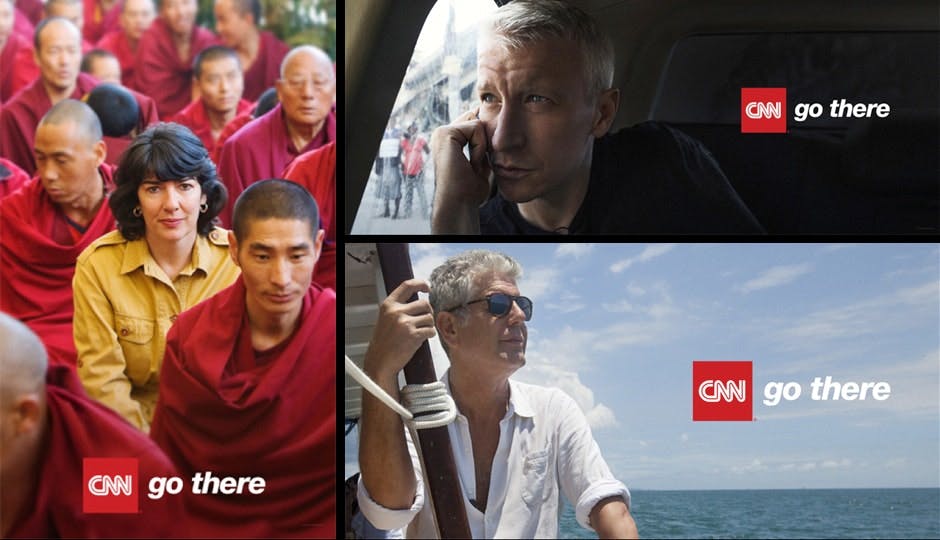
Michael Conrad, a German, national took me under his wing as I left the US to explore and create my career internationally. He was the Global Chief Creative officer of what was then one of the most successful and creative advertising agencies in the world. I was a young Mexican American kid in my early twenties, feeling like a cultural refugee, and I suddenly found myself on a plane to Tenerife Island to meet with Michael at his summer villa. Please note my world was very small and humble, I had never lived outside the US, and I didn’t even know where Tenerife was but I said yes immediately.
He opened up another world for me, as Michael was so welcoming and mentoring he immediately had me working on incredible global campaigns that were under his watch. The budgets were immense and I started working on film projects with the likes of Ridley Scott directing and Han Zimmer scoring the commercials we made for cinematic releases around the world.
Michael was the architect of my global career, I believe he saw me beyond any position ethnicity, or socio-economic background but rather could see the raw talent which he helped form. He moved me to Tokyo twice, Caracas, Frankfurt, and Paris where I lived for a collective 26 years abroad. I recall living in Paris for six years when Michael called and said that I was needed back in Tokyo, I explained that I really didn’t want to go back he said “Yeah, ok, you have had enough sugar its time for a little salt” back to Tokyo I went!
Beyond better or worse, I believe that we are missing a discussion on the creator's experience of creating, albeit from a singular perspective; an Ai does not experience the human process of creation, the joy, the insecurities, the wandering around one's mind connecting the millions of little life experiences that have led to the creation and the journey from there to film, photo, writing, song or painting.
An Ai-created image is simply an output of aggregated images marvelously constructed in real-time via prompts. No emotion, no joy or sorrow, only aggregates that are void of a creator's life experience. I imagine traditional portrait painters were alarmed when photography cameras became popular for capturing people's portraits. Nonetheless, we honor Da Vinci, Van Gogh, Lucian Freud, and Kehinde Wiley, to name a few. We read their biographies and line up for hours to see the actual pieces, not to mention the extraordinary monetary value they attract. I would submit that even more than the aesthetics of the image, it is the life of the creator, and storyteller, that is inextricably entwined with their creations that make creating an extraordinary human experience and one that Ai can never replace. In short, it is a tool that creators can use to become conductors instead of instrument players but they need to put the idea, the passion, and the emotion into it to be successful.

Without question, it is Patagonia. Here is a brand and product lineup that really “walks the talk”. They have the most profound understanding of the basic human need to ground with Earth even though that concept is generally buried below the asphalt of mind-numbing media on the planet. And yet they persevere, blurring the line between consumer, social, and political marketing. I believe they are a brand of the times where ESG is not just a buzzword to placate shareholders but rather a place where the shareholder is the earth.

I would convince Jeff Bezos to reforest the Amazon Jungle, all of it, through investment and local alliances that sustainably replaced the need to deforest it in the first place. Additionally, all Amazon packaging should become as sustainable as possible, and a media platform to explain why each purchase one makes helps reforest the Amazon jungle, the lungs of the earth. Amazon delivers the Amazon.
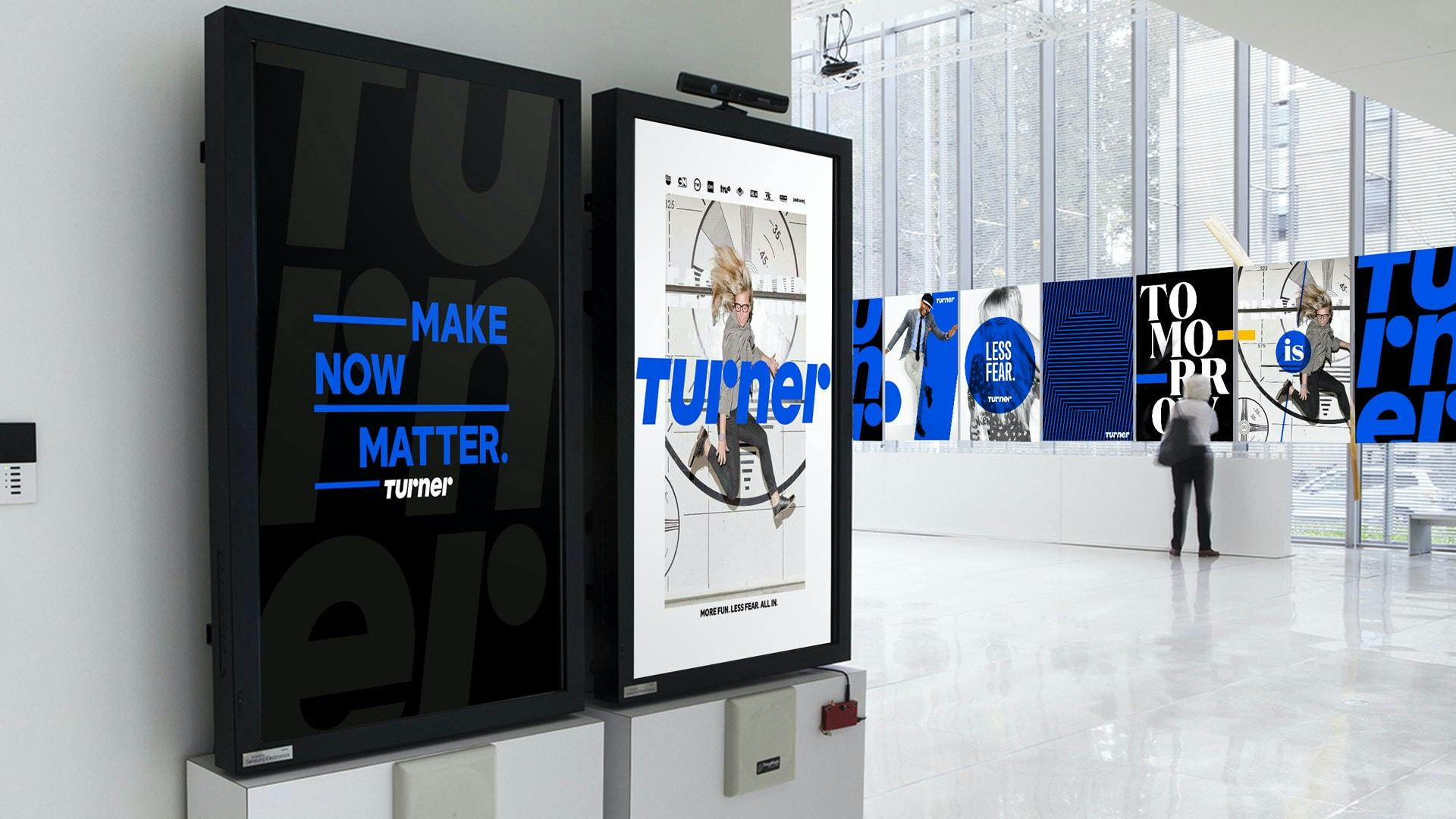
Differently, I think I would have lived more in the moment instead of looking towards the future for success or the past for what could have been done better. These things robbed me of the joy of the moment, the actual experience of living.
Advice, yes, at a certain point I would suggest to my younger self to avoid the trappings of an upwardly mobile career, the consumerism, and the resulting classism it promotes but rather to live a more simple and humble life connected to nature.
In my opinion, nothing can replace a transcendent connection with nature and the perspective it brings to one's life and role in society.
